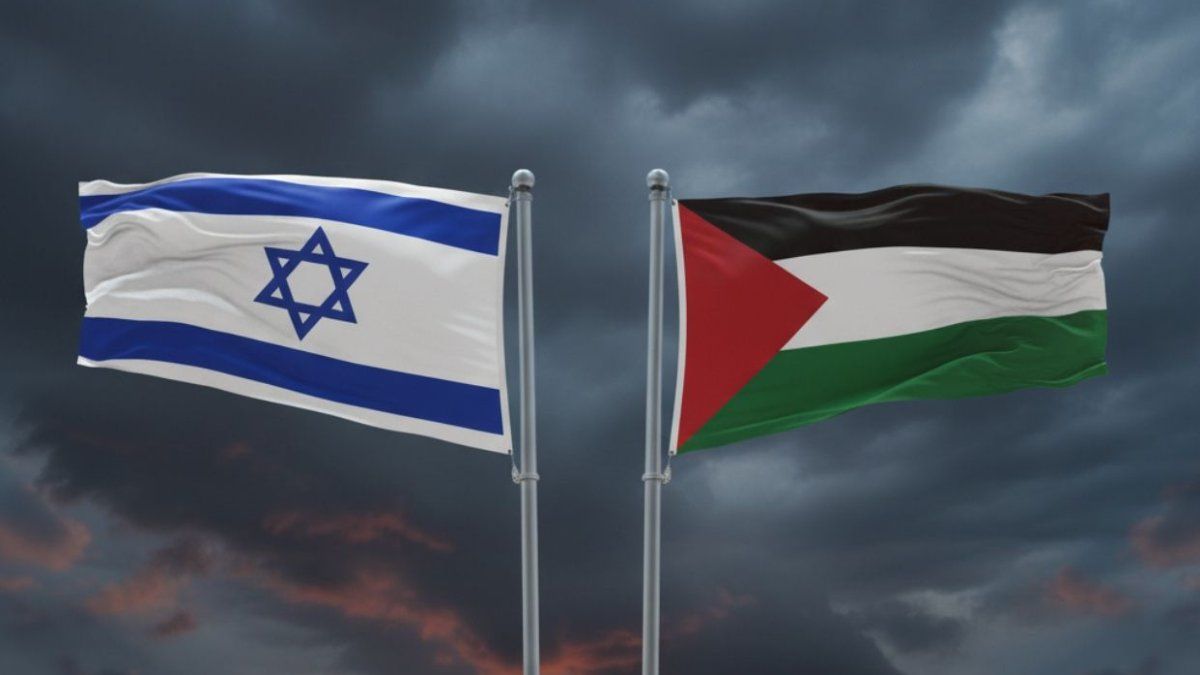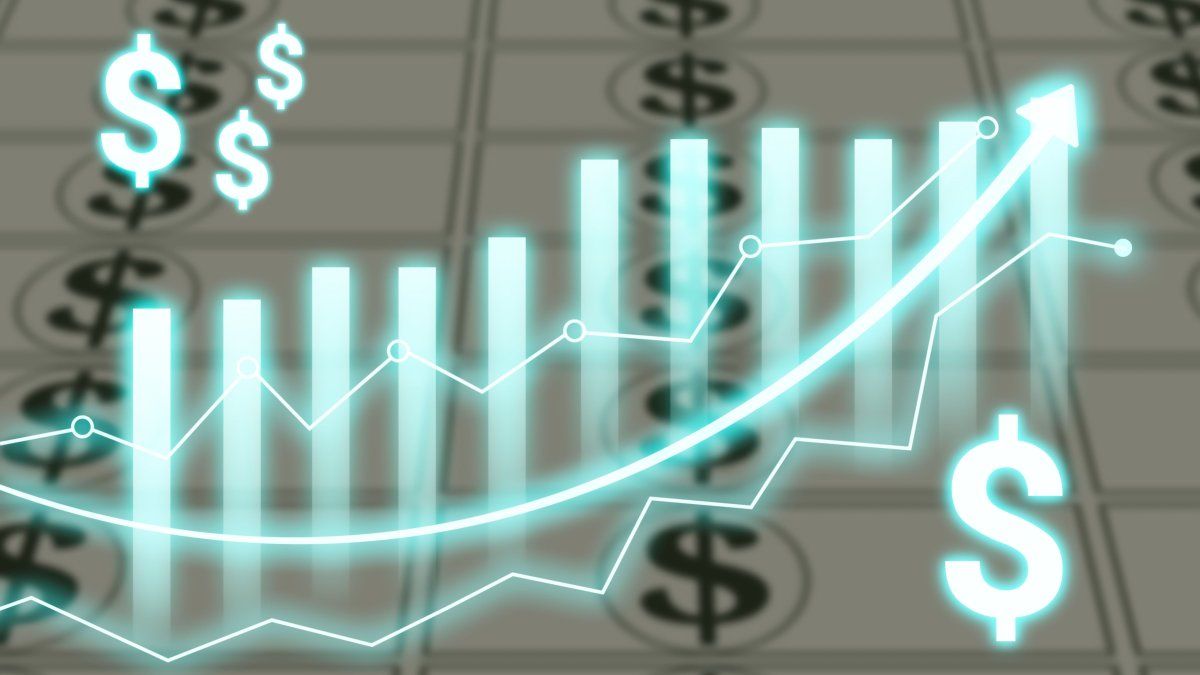It should be remembered that in January a parameter was established for increases in electricity rates with a “ceiling of up to 20% in 2022 at the national level and applicable only once”.
The sources indicated that this increase, If so ordered by the Minister of Economy, Martín Guzmán and the Secretary of Energy, Darío Martínez could be applied simultaneously with the segmentation work already delivered.
In addition, the ENRE prepared a proposal to implement in a first stage the tariff segmentation program in the AMBA.
The agency chose this area because the largest number of users is concentrated there – 40% of the residential ones over the total. In addition, it is where EDENOR and EDESUR operate, companies under national jurisdiction regulated by the ENRE.
The proposal will also serve as an input technician for the design of a tariff segmentation plan of national scope, to be implemented, when the authorities consider it.
The proposed scheme preserve the purchasing power of households, as well as favor the productive activity of businesses and industries.
Social Rate
At the same time, the Social Rate regime guarantees access to electricity consumption for the most vulnerable population.
Users who are beneficiaries of the Social Rate will continue under that regime and in no case will they be included in the removal of subsidies.
It is also expected that users residing in the selected geographical areas may request the continuation of the subsidy. They must complete a form with data that allows them to certify that they do not have the economic capacity to face the full cost of the electricity rate.
This does not mean that they will be exempt from the elimination of subsidies for the beneficiaries of the social rate, who live in those areas. The social rate varies between 40% and 60% coverage with respect to consumption.
Given that there are sectors with high purchasing power and companies with high economic capacity, the work considers necessary a review of the energy subsidy scheme, which allows focusing the fiscal effort on sustaining the income of the most vulnerable sectors, middle sectors and economic activities with less economic capacity and/or (temporarily) affected by the pandemic.
Segmentation
The ENRE technical teams, together with CONICET researchers, worked during the year 2021 to define the criteria for removing subsidies and the design of the methodological strategy that allows identifying those users with the capacity to face the full cost of energy in the AMBA.
The databases were from the National Tax and Social Identification System (Sintys), the National Social Security Administration (ANSES) and the Collection Agency of the Province of Buenos Aires (ARBA), among other organizations.
Due to the complexity involved in identifying these sectors, and in view of the social sensitivity that this policy may entail, a plan for incorporation into the program in several stages has been proposed.
Residential
In a first stage, residential users were identified in compact and homogeneous areas of the AMBA in which the properties have a higher real estate value. According to the workThis allows us to infer, with a small margin of error, that the users who reside in these areas have relatively high incomes and assets in relation to the population of the AMBA as a whole”.
This geographic location methodology allowed to identify around 487 thousand residential users of the AMBA, which represent 10% of the total.
More than three quarters of these users are in the Autonomous City of Buenos Aires (CABA), more precisely in Puerto Madero and in a large part of the neighborhoods of Recoleta, Palermo, Belgrano and Núñez, a part of Colegiales, some blocks of Villa Urquiza, Retiro, Saavedra and Villa Devoto and an area of high value in Caballito.
Meanwhile, in Greater Buenos Aires (GBA) 67,800 users were located, who live in a specific area called “el bajo” made up of the districts of Vicente López and San Isidro.
are added to these 48,000 users from the 466 countries and other registered gated communities in Greater Buenos Aires.
Industry and Commerce
The work of the ENRE identified the industrial and commercial users T2 and T3 with a consumption of less than 300Kw3 with the capacity to pay the full electricity rate. T2 users are establishments that require a power of between 10 kW and 50 kW, which can be classified as small and medium demands.
T3 users with a consumption of less than 300 kW are businesses or industries with a power demand between 50 kW and 300 kW, which can be classified as medium users.
It is proposed to remove subsidies to:
The activities that are characterized by having dollarized prices or external financing, which have high profitability and/or belong to non-tradable markets (so they do not have competition with the outside).
In this first stage, it is proposed to advance with the following activities:
* Financial sector
* Highway concessionaires;
* Urban and suburban passenger rail transport;
*Generation, transportation and distribution of electricity and transportation and distribution of gaseous fuels;
* Services of extraterritorial organizations and bodies (embassies)
* Games of chance and bets.
* Users belonging to the public sector: national, CABA, PBA and their municipalities.
Among the sectors with high purchasing power, residential users were identified, whether from gated communities or not, who contract more power in their homes due to the equipment and infrastructure they possess. And, common spaces of gated communities or countries.
In this sense, identified Around 6,000 T2 users were identified, representing 11.2% of all users in this category in the AMBA.
In addition, sand detected 2 thousand T3 users with a consumption of less than 300kW, which are 15.5% of the total users of this category of the AMBA.
Source: Ambito
David William is a talented author who has made a name for himself in the world of writing. He is a professional author who writes on a wide range of topics, from general interest to opinion news. David is currently working as a writer at 24 hours worlds where he brings his unique perspective and in-depth research to his articles, making them both informative and engaging.




